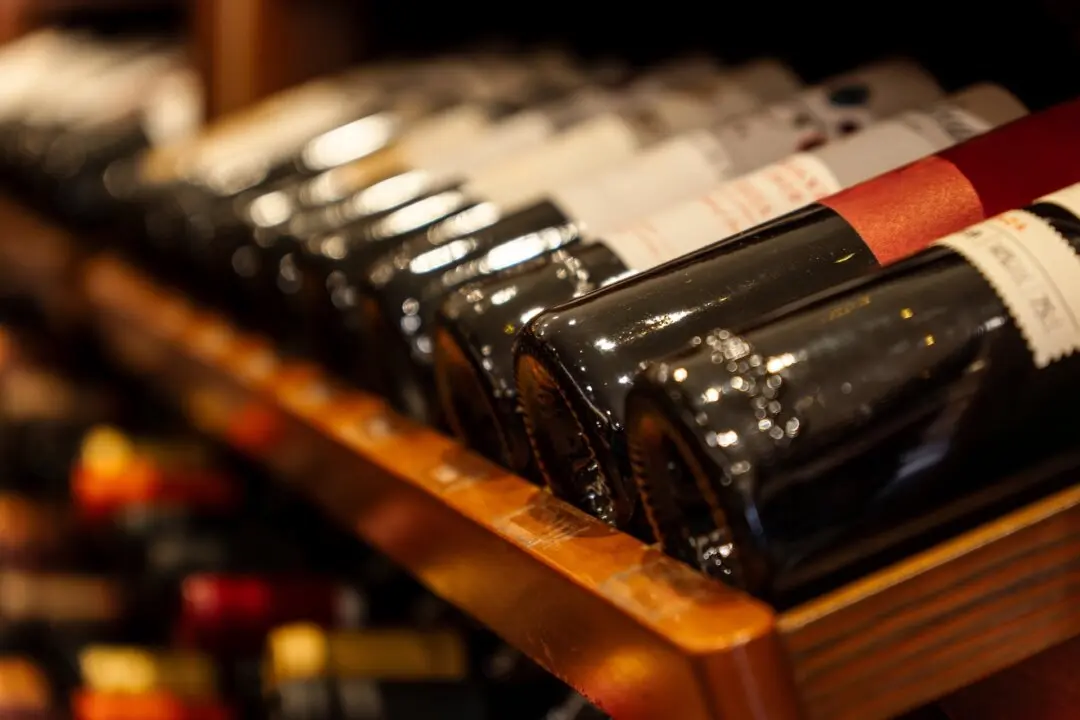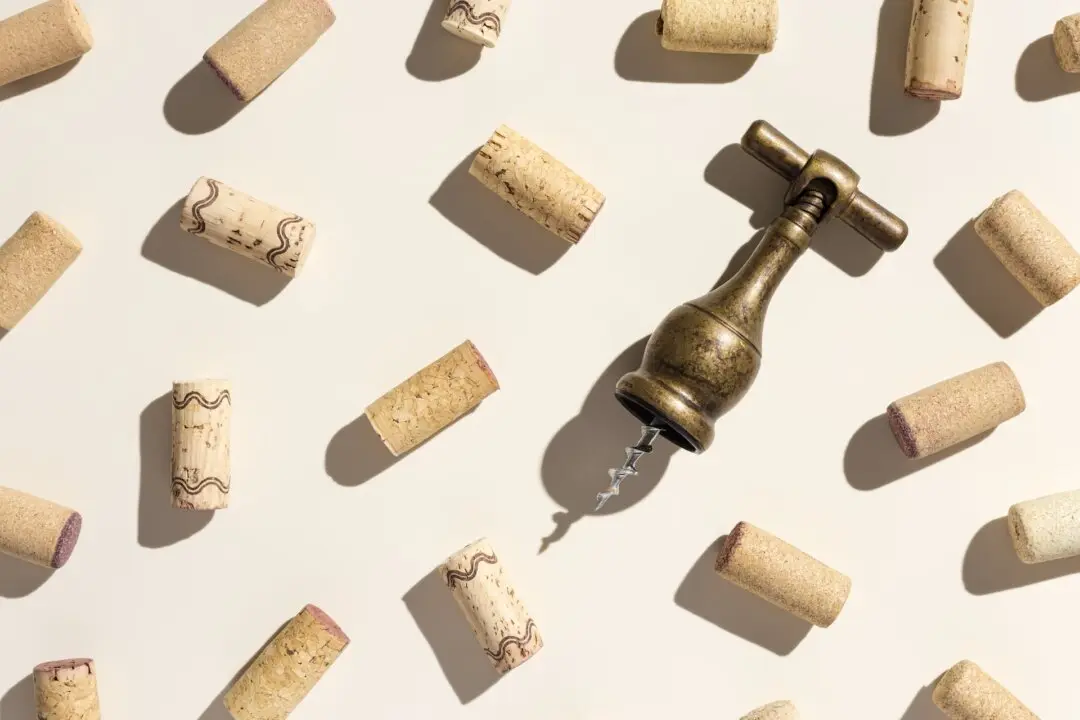Dining out recently has become far more expensive than it was before COVID-19 closed restaurants, causing wine sales to tumble and altering how restaurants sell wine.
The old formula that once existed nationally of charging twice the suggested retail price in a restaurant for a young wine has been junked by many restaurateurs recently as they try to make greater profits from commonly available wines.





